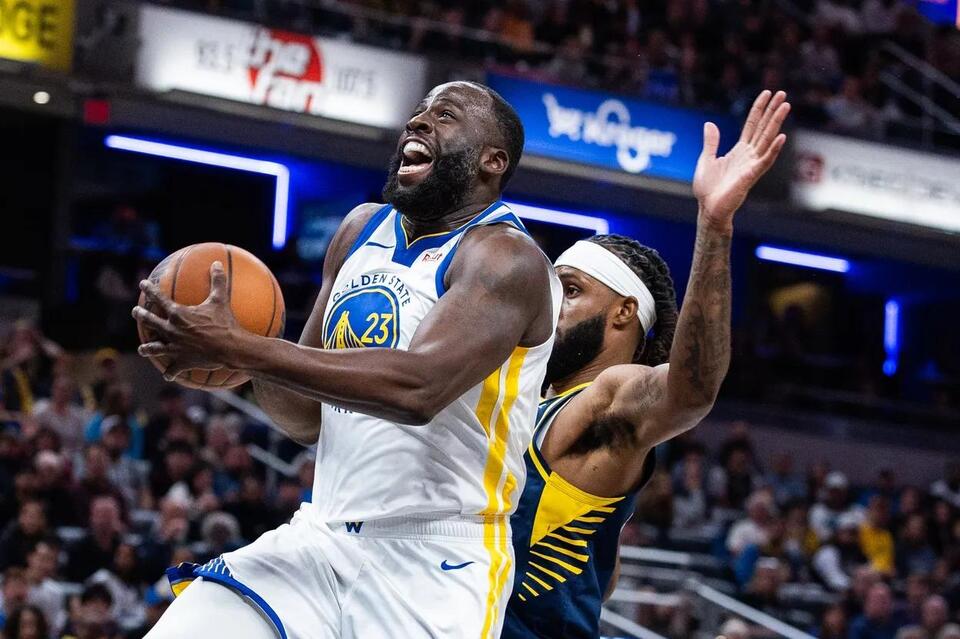The game of basketball is often defined by tangible statistics—points, rebounds, assists, and other numbers that fill up the box score. However, there’s an undercurrent that often goes unnoticed: the “hustle” plays that don’t always show up in traditional stats but can swing a game. As the NBA has evolved, so too has the way we track these intangible but impactful moments. Let’s dive into what hustle plays are all about and how they can define a player’s value on the court.
Hustle plays encompass a range of actions that can change the momentum of a game. Think of a player diving for a loose ball, making a crucial deflection, or contesting a shot that alters the trajectory of the game. These moments might not earn the spotlight like a half-court buzzer-beater, but over the course of a season, they add up and contribute significantly to a team’s success. This evolution in stats has allowed analysts and fans alike to appreciate the less glamorous, but equally essential, aspects of the game.
To measure these hustle plays, the NBA has introduced a tool that allows fans and analysts to compare players based on a variety of newly tracked stats. This includes not only shot contests and box outs but also complex stats like screen assists, loose balls recovered, and deflections. This addition is a game-changer as it highlights the work ethic and effort that coaches and fans often seek but could never quantify before. Imagine being able to see how often a player gets their hands on the ball or how many times they set up their teammates with an effective screen.
The NBA has further recognized these contributions by introducing the Hustle Award, which has been awarded annually since the 2016-17 season. This accolade honors players who consistently exhibit tenacity and commitment on the court, with Marcus Smart standing out as a three-time recipient. His relentless play style has set a benchmark for what it means to be a hustler in the league. Fans can now explore how he stacks up against other elite hustle players using the new tracking tool, creating a more comprehensive understanding of what “winning” plays really look like in action.
Some notable athletes who exemplify hustle play include reigning champion Alex Caruso and former Defensive Player of the Year Draymond Green. Both players have earned their reputations as workhorses on their respective teams, not just through superior skills but by consistently putting in the effort where it matters most. With the new tool, users can see how these players compare to one another, shining light on the daily grind each contributes to their teams, often remaining under the radar of casual fans.
It’s essential to note that while this tool can enrich the understanding of player performance, it may not be accessible everywhere due to the General Data Protection Regulation (GDPR) in parts of Europe. Nevertheless, basketball enthusiasts can still engage with it by using a VPN to connect to a non-EU country, thus gaining access to these valuable insights.
The focus on hustle stats is changing how we evaluate talent in the NBA. These metrics highlight players who may not be the main scorers but are equally vital in creating winning conditions on the court. The dynamic nature of basketball means that every team needs hustle players—those who will dive for loose balls, challenge shots, and make the tough plays that don’t always appear in the box score. This newfound emphasis ensures that all aspects of the game, from the stars to the unsung heroes, receive the recognition they deserve on the hardwood.
With the growing understanding of these hustle stats, the conversation around player performance is evolving. As fans, pundits, and analysts digest this new quantitative data, it not only enhances our appreciation of the game but also fuels engaging debates about player value and contributions to team success. Whether it’s the subtle art of boxing out or the more visible hustle of chasing down a fast break, these elements are becoming integral to the narrative of what it means to compete at the highest level in basketball.



